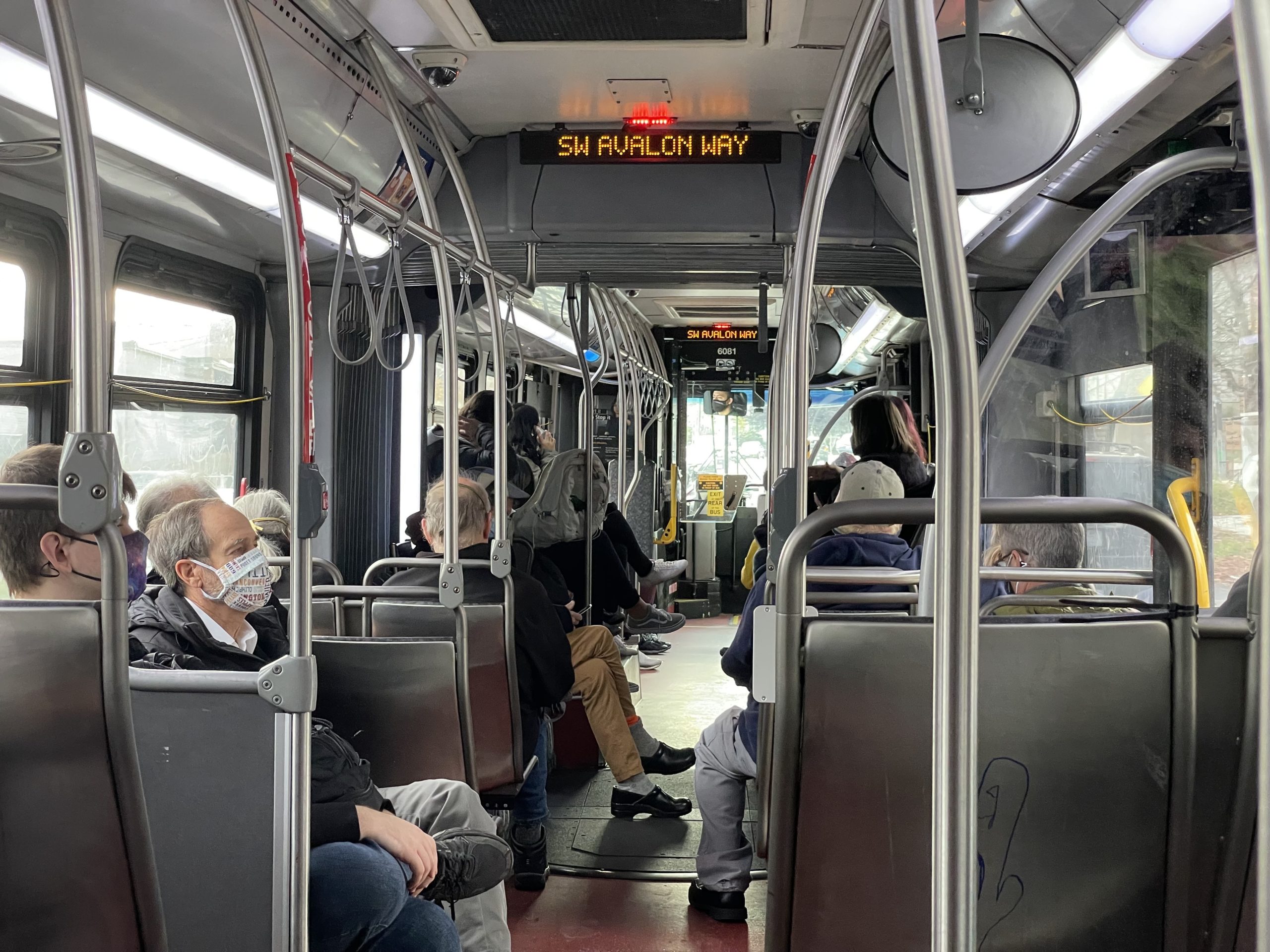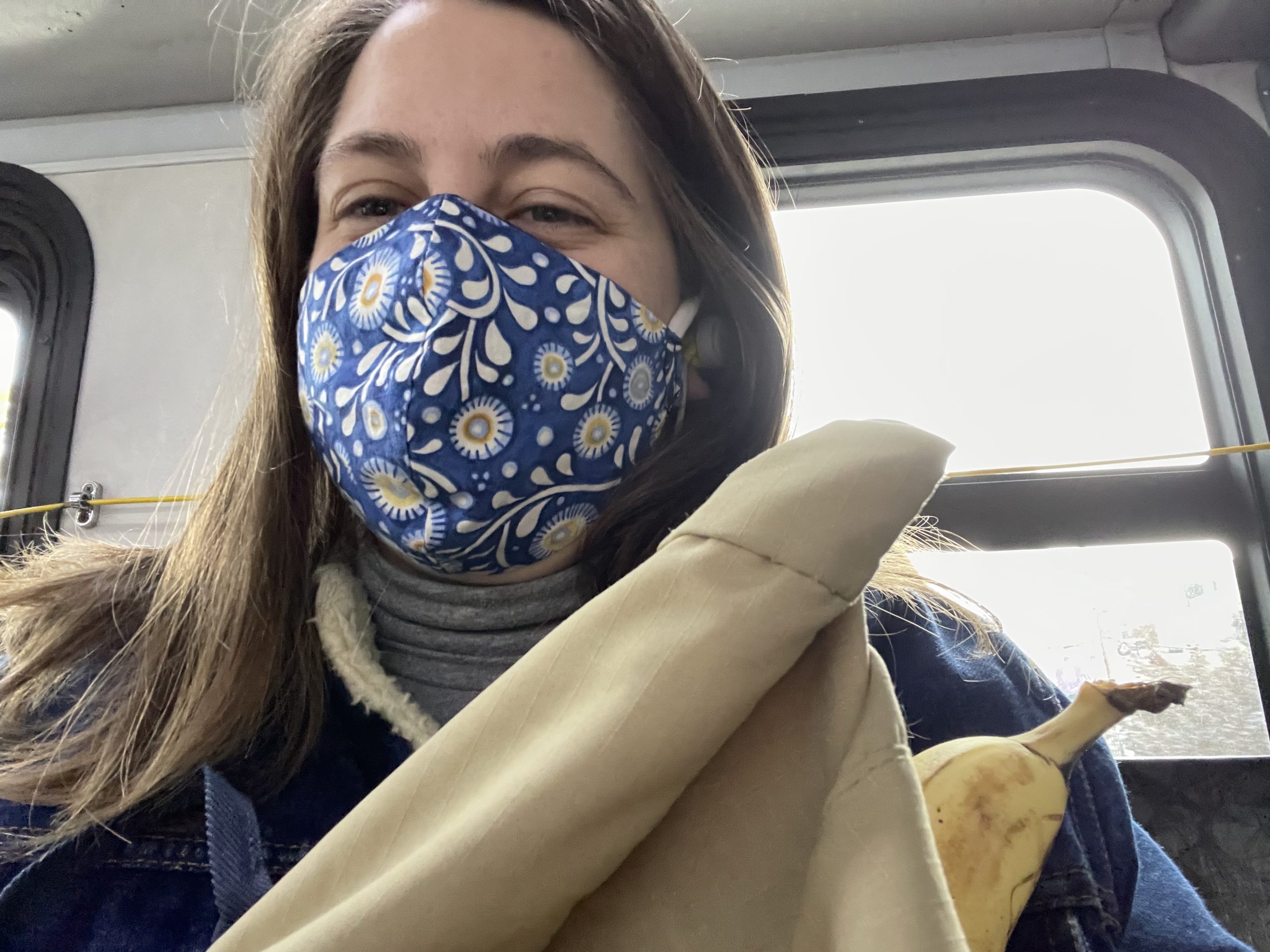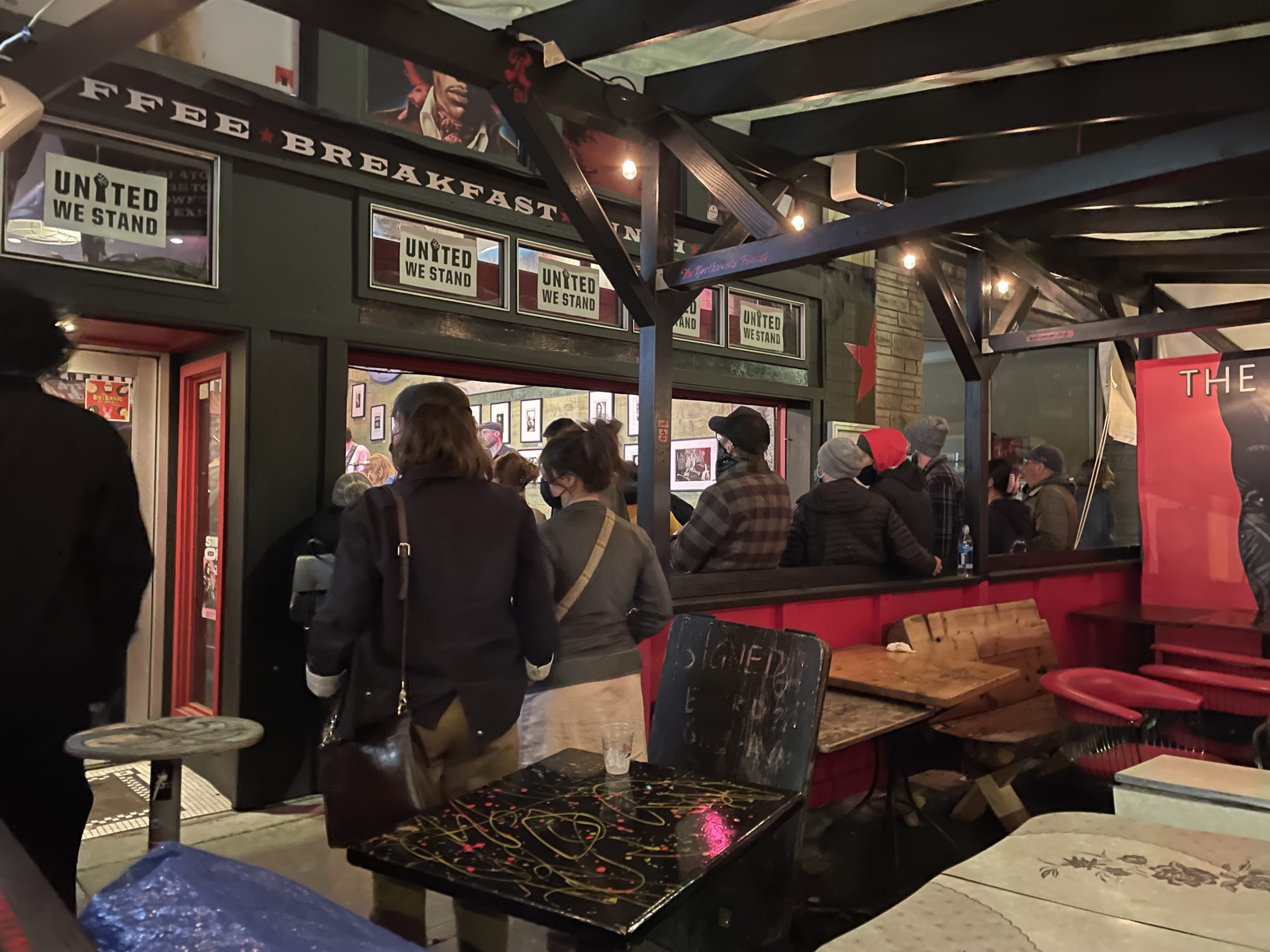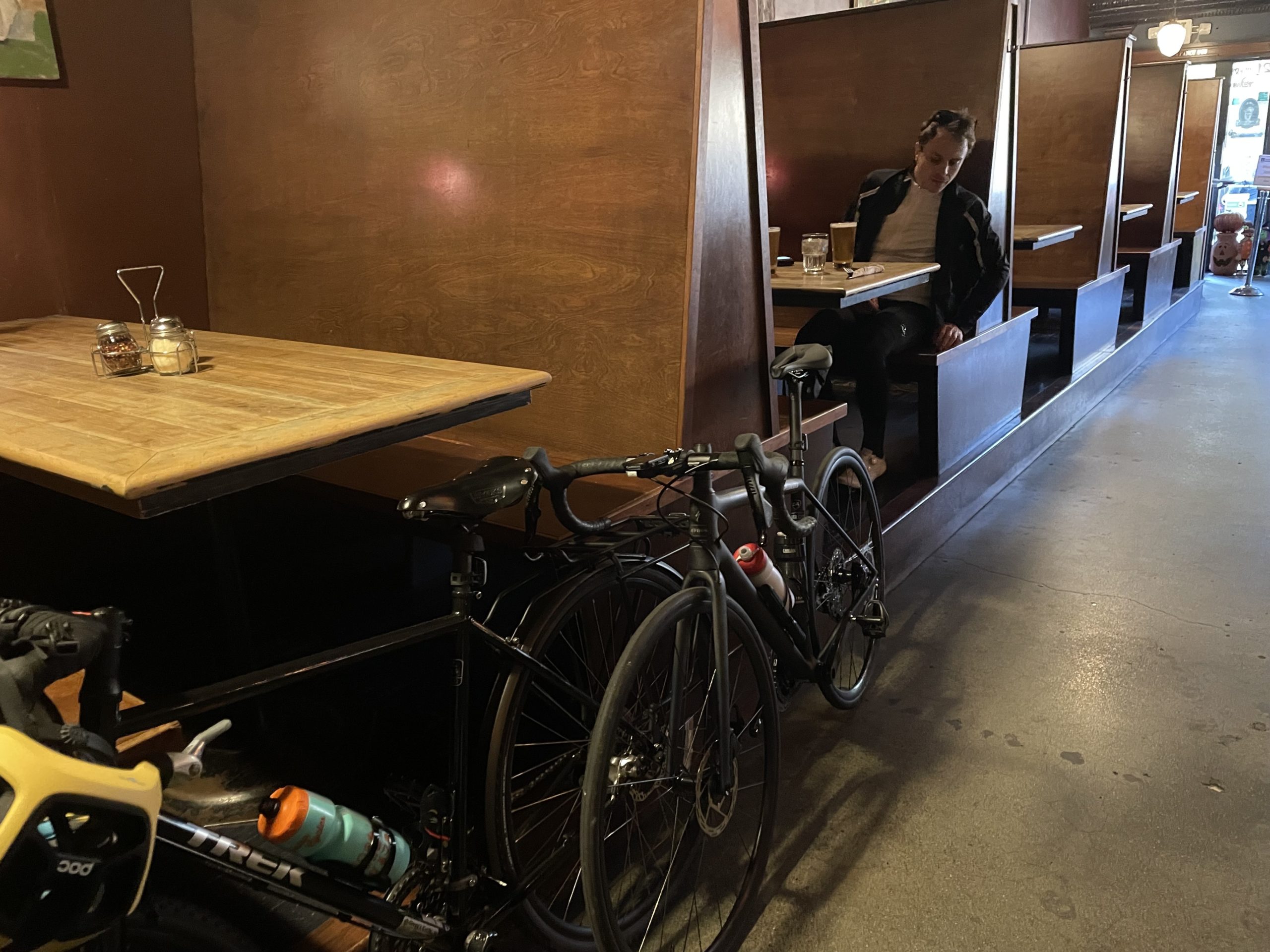Disability Rights Washington challenged electeds and people working in transportation to go a week without driving themselves. Why? Nearly a quarter of Washingtonians do not drive. These people are our most vulnerable. They are people with disabilities, young people, aging people, people who cannot afford gas or do not own a car.
For one out of four people, not driving is a part of their everyday life.
Disability Rights Washington provides free services to people with disabilities. They are a non-profit organization that protects the rights of people with disabilities statewide. Their mission is to advance dignity, equality, and self-determination of people with disabilities. We pursue justice on matters related to human and legal rights.
From October 22 to 29, Commute Seattle program manager, Olivia Holden, participated in the Week Without Driving. Read on to see how it went for her:
What were the biggest barriers?
The biggest barrier to getting where I needed to go was the timing of buses – they just need to be more frequent! I can better plan my trips with real-time travel information via the Transit App but it is not perfect. So when I saw a scheduled arrival, I immediately had to make a Plan B and Plan C if my bus does not arrive. This hurts when you have to be on time for a doctor’s appointment that is an hour bus ride. A 10-minute setback and you can miss the appointment window and have to reschedule – the next available appointment could be weeks away.
Another huge barrier for me is lighting. I live in the Roxhill neighborhood near Westwood Village and there are streetlights but not nearly enough. Sidewalks and crosswalks can be dark and not well lit – making the most vulnerable even more vulnerable. Seattle winters are dark and rainy and it is the driver’s responsibility to look out for pedestrians and bicycles on roads and sidewalks.
What did you notice?
I am an able-bodied individual and I was hyper-aware of how this benefitted me during the Week Without Driving. I could scurry (safely) across intersections to board the approaching bus. I also noticed how my partner became quickly annoyed to be the only driver and how much of a burden that was for him.


What did you enjoy?
I used my bike to get to and from the grocery store. I had about 20 pounds of groceries in panniers and decided my bike rides better with the weight on the back. The store is only a 1/2 mile away and now I bike to and from the grocery store every time we need something. It actually takes less time to lock my bike at the rack than it does to drive there and find a parking spot. There is also something about wearing your helmet while grocery shopping that attracted a lot of looks and a few comments from my neighbors.
I also enjoyed waiting for the bus in the Junction and seeing live music at Easy Street Records. This is something I would have never noticed or stopped to see if I would have driven myself. Drivers go straight from dinner to their cars. Transit riders (and people walking and rolling) stop by a shop or two on their way home.
My partner and I rode our bikes for pizza and a beer but forgot our locks. Thankfully, Talarico’s staff is awesome and had us bring our bikes inside. Now that is a bike-friendly business (but we still need more safe places to lock your bike)!
How did you do? Did you make it a week without driving yourself?
Yes! The week flew by and overall I probably made fewer trips and stayed home more. This would get lonely after a while and makes me appreciate getting out and experiencing my community.


